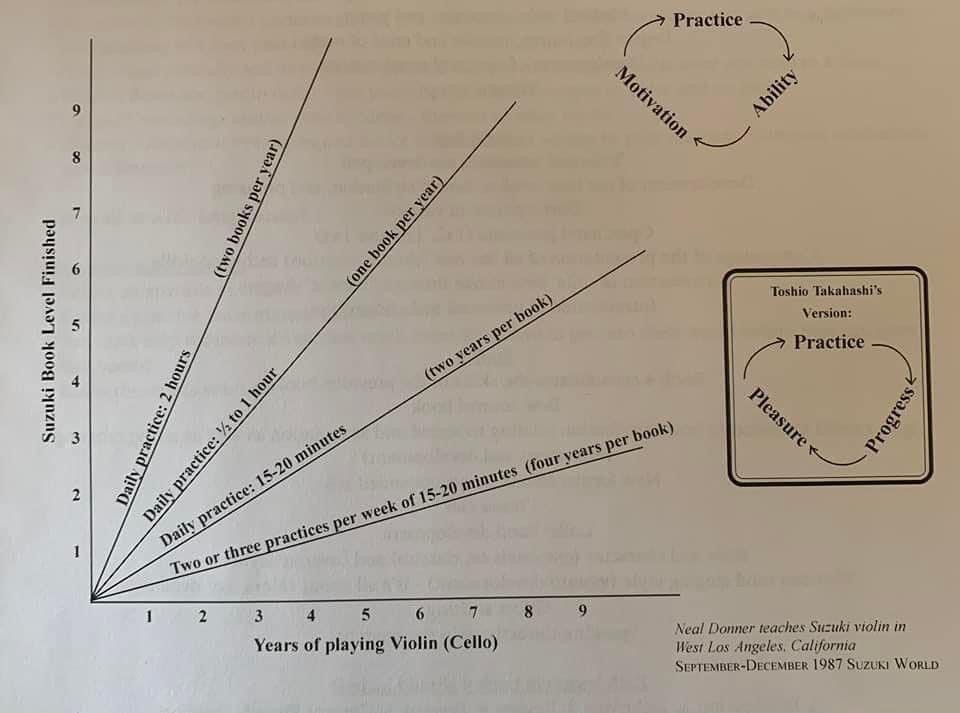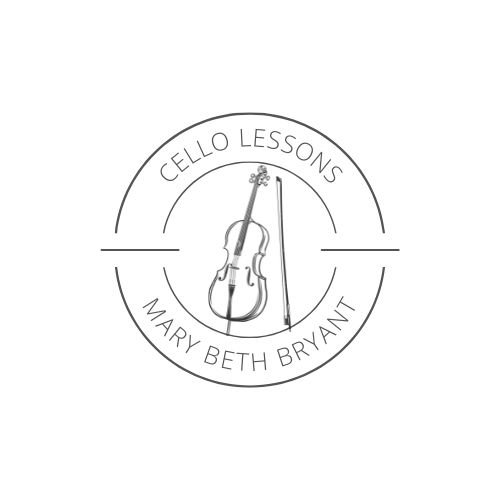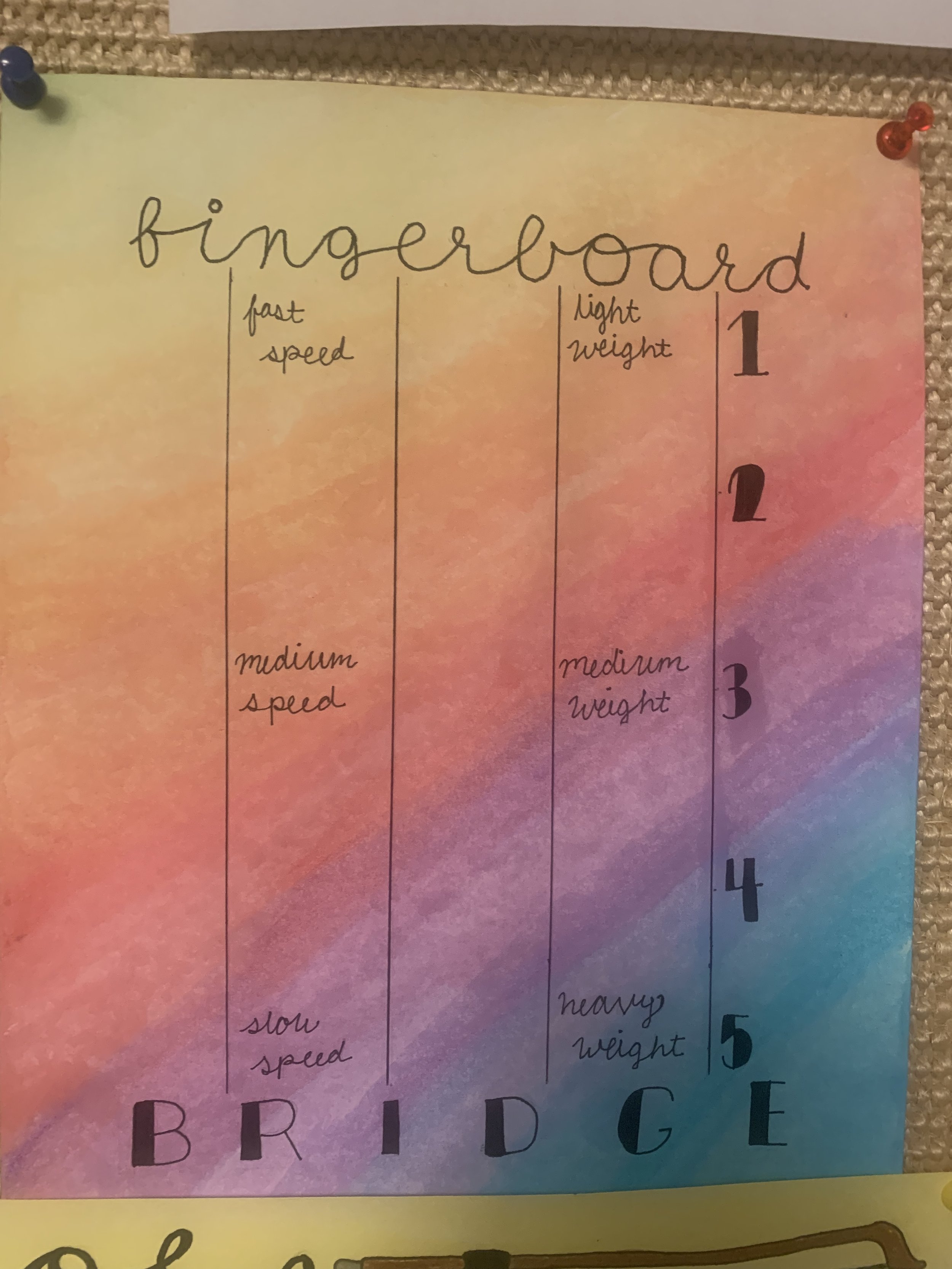
If you take 45 minute lessons, 45 minutes of daily practice is recommended. But, don’t forget, quality is more important than quantity.
Tricky spot tips
Listen to the piece.
Divide the piece up into small spots using numbers or letters. You can also use funny names too.
Clap and count that spot with the metronome at an easy tempo. Be sure you’re staying with the metronome. Don’t move on until you feel like this is easy.
Pizzicato that spot until it feels easy. If it needs to be fast, be sure you’re using the correct left hand technique to make sure it can go faster later. (See my “Playing Slower” blog)
Play bowings with open strings until it feels easy.
Put it together and use the metronome.
Need help practicing at home? Contact one of my Practice Buddies.
Rhythm is the most important aspect of playing an instrument- watch this cool video from Rick Beato about how to clap any complex rhythm.
The Mysteries of Intonation
This Bullet Proof Musician podcast breaks down the mysteries of intonation.
IMinna Chung explains to Noa Kageyama that if you use a tuner to tune each string on your cello, your cello is going to be out of tune. To play a perfect fifth in tune, the higher note needs to be two cents higher. This means your D string should be two cents lower, the G string should be four cents lower and the C string should be six cents lower.
Emotions in Music
Emotions are typically broken down into these three categories: happy, sad and mad. But there are so many more to consider when we are trying to say something musically. Use this chart to help.
Crunchy Sounds?
If this is happening, try using less weight and a faster bow in channel 1. Use more weight and a slower bow in channel 5.
Fingerboard chart listed above with positions
Spice it up
Repetition can sometimes get a little mundane. Try a few of these practice strategies from Practice with Purpose web site.
The faster you want to learn something, the slower you have to practice.
Do you ever find yourself practicing before figuring out some puzzling parts in a section?
You can practice it as soon as you learn it.
Parent involvement
In the early stages of learning as a young child, having the parent available to help the student practice is a key ingredient to creating a beautiful cellist.
“The fate of a child is in the hands of his parents”- Shinichi Suzuki







